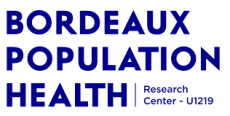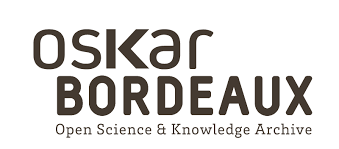Cancer incidence in agricultural workers: Findings from an international consortium of agricultural cohort studies (AGRICOH)
Résumé
BACKGROUND: Agricultural work can expose workers to potentially hazardous agents including known and suspected carcinogens. This study aimed to evaluate cancer incidence in male and female agricultural workers in an international consortium, AGRICOH, relative to their respective general populations. METHODS: The analysis included eight cohorts that were linked to their respective cancer registries: France (AGRICAN: n = 128,101), the US (AHS: n = 51,165, MESA: n = 2,177), Norway (CNAP: n = 43,834), Australia (2 cohorts combined, Australian Pesticide Exposed Workers: n = 12,215 and Victorian Grain Farmers: n = 919), Republic of Korea (KMCC: n = 8,432), and Denmark (SUS: n = 1,899). For various cancer sites and all cancers combined, standardized incidence ratios (SIR) and 95% confidence intervals (CIs) were calculated for each cohort using national or regional rates as reference rates and were combined by random-effects meta-analysis. RESULTS: During nearly 2,800,000 person-years, a total of 23,188 cancers were observed. Elevated risks were observed for melanoma of the skin (number of cohorts = 3, meta-SIR = 1.18, CI: 1.01-1.38) and multiple myeloma (n = 4, meta-SIR = 1.27, CI: 1.04-1.54) in women and prostate cancer (n = 6, meta-SIR = 1.06, CI: 1.01-1.12), compared to the general population. In contrast, a deficit was observed for the incidence of several cancers, including cancers of the bladder, breast (female), colorectum, esophagus, larynx, lung, and pancreas and all cancers combined (n = 7, meta-SIR for all cancers combined = 0.83, 95% CI: 0.77-0.90). The direction of risk was largely consistent across cohorts although we observed large between-cohort variations in SIR for cancers of the liver and lung in men and women, and stomach, colorectum, and skin in men. CONCLUSION: The results suggest that agricultural workers have a lower risk of various cancers and an elevated risk of prostate cancer, multiple myeloma (female), and melanoma of skin (female) compared to the general population. Those differences and the between-cohort variations may be due to underlying differences in risk factors and warrant further investigation of agricultural exposures.
Domaines
Santé publique et épidémiologie
Origine : Fichiers éditeurs autorisés sur une archive ouverte





